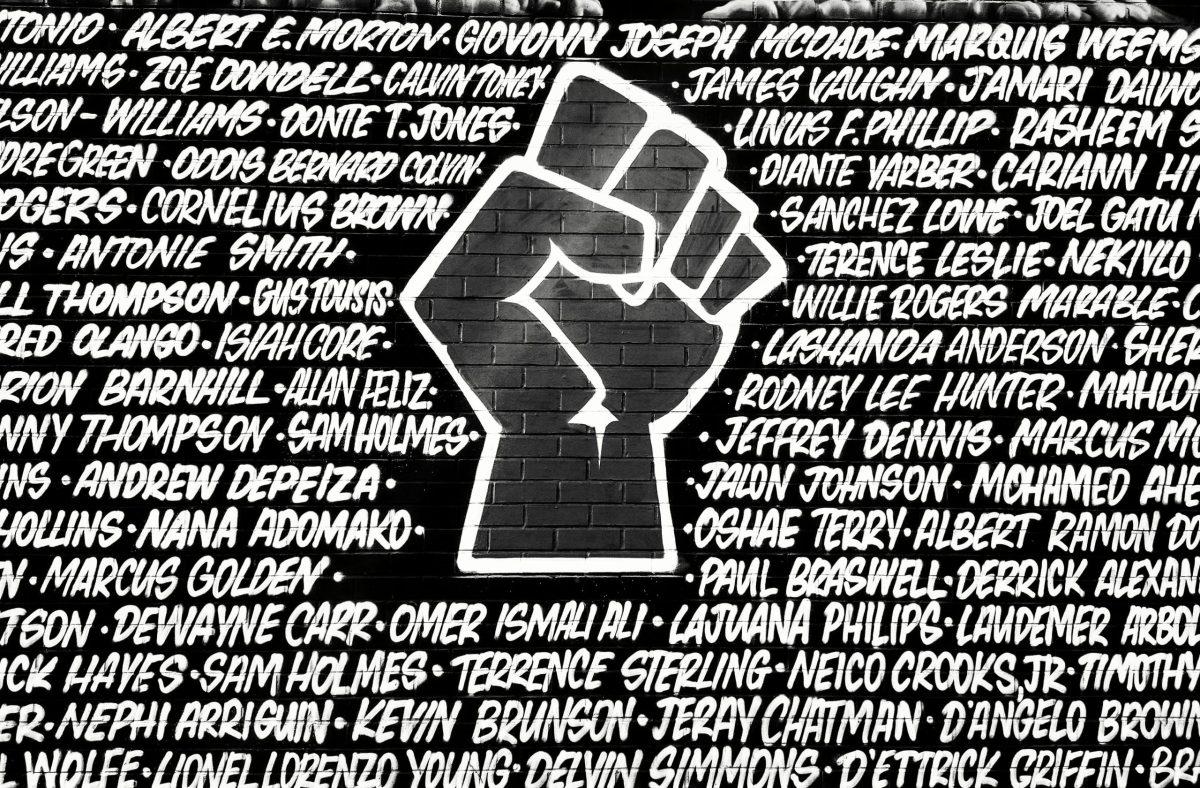By Danielle Whitaker
When it comes to the topic of race in America, what usually follows is a series of phrases meant to convince people of color, P.O.C., that racism isn’t as big of an issue as it’s been made out to be, and yet, its effects still ripple throughout U.S. society.
Sometimes it consists of “little” things that only seem to really get noticed by other P.O.C., for example, strangers who go to stroke a P.O.C.’s hair without bothering to ask for consent. Non-P.O.C has often argued that this “small” act is harmless in nature. However, considering how big of a push America has undergone to highlight the importance of enthusiastic consent, that one moment often serves as a reminder that they aren’t seen as actual human beings worthy of the same respect for personal privacy as their non-P.O.C counterparts. Other times it’s composed of deeds all too obvious for everyone to see, such as enough non-P.O.C making racially-biased calls to 911 that the CAREN, Caution Against Racially Exploitative Non-Emergencies Act, was proposed.
Even though many individuals still hold the belief that racism “no longer exists,” its effects would prove to be fatal for the “308….unarmed Black people” murdered by American police “from 2013 to 2018 in 49 states” according to “states with more killings of unarmed Black people have larger Black–White preterm birth disparities,” a scientific article published in 2021.
Since then, according to the Chicago Tribute, a multitude of Black individuals have reported suffering from race-related traumatic stress from the dawning realization that they will be a member of yet another generation forced “to [try and] thrive in a hostile environment where their civil rights are [publicly] denied” to no real consequence.
Even in the case of Amadou Diallo, who was shot “41 times” while entering his own apartment, his killers, A.K.A. four New York City police officers, fired with so much intensity that “the last two bullets to enter Diallo’s body did so through the bottom of his feet” according to “On the Epidemic of Police Killings.”
None of the cops were found guilty, and the New York Police Department even eventually rehired one.
Now, more than a whole decade later, the only different thing is that more citizens than not are regularly carrying around technology capable of capturing these injustices.
During the aftermath of the 2014 Ferguson protests in Missouri, six men with connections to protests were found dead, some under very mysterious circumstances.
One of the deaths ruled a suicide was that of 24-year-old Danye Jones, whose body was last seen hanging from a tree in his front yard. The body of 20-year-old Deandre Joshua was found in a torched car after he died from a gunshot through his head. The “bullet-riddled body” of 29-year-old Darren Seals was also discovered in a burned car two years later.
The police seemed to offhandedly dismiss the clear link between the protest and the victims, claiming that “there [was] no evidence the deaths have anything to do with the protests” despite the sheer volume of activists who have reported “living under constant threat.”
If all lives mattered, then P.O.C. all over the U.S. wouldn’t have to wonder if investigating these deaths was as in-depth as it should have been. The United States would be a much better place if all lives mattered, although how can all lives really matter if it’s still abundantly clear that Black lives don’t?










